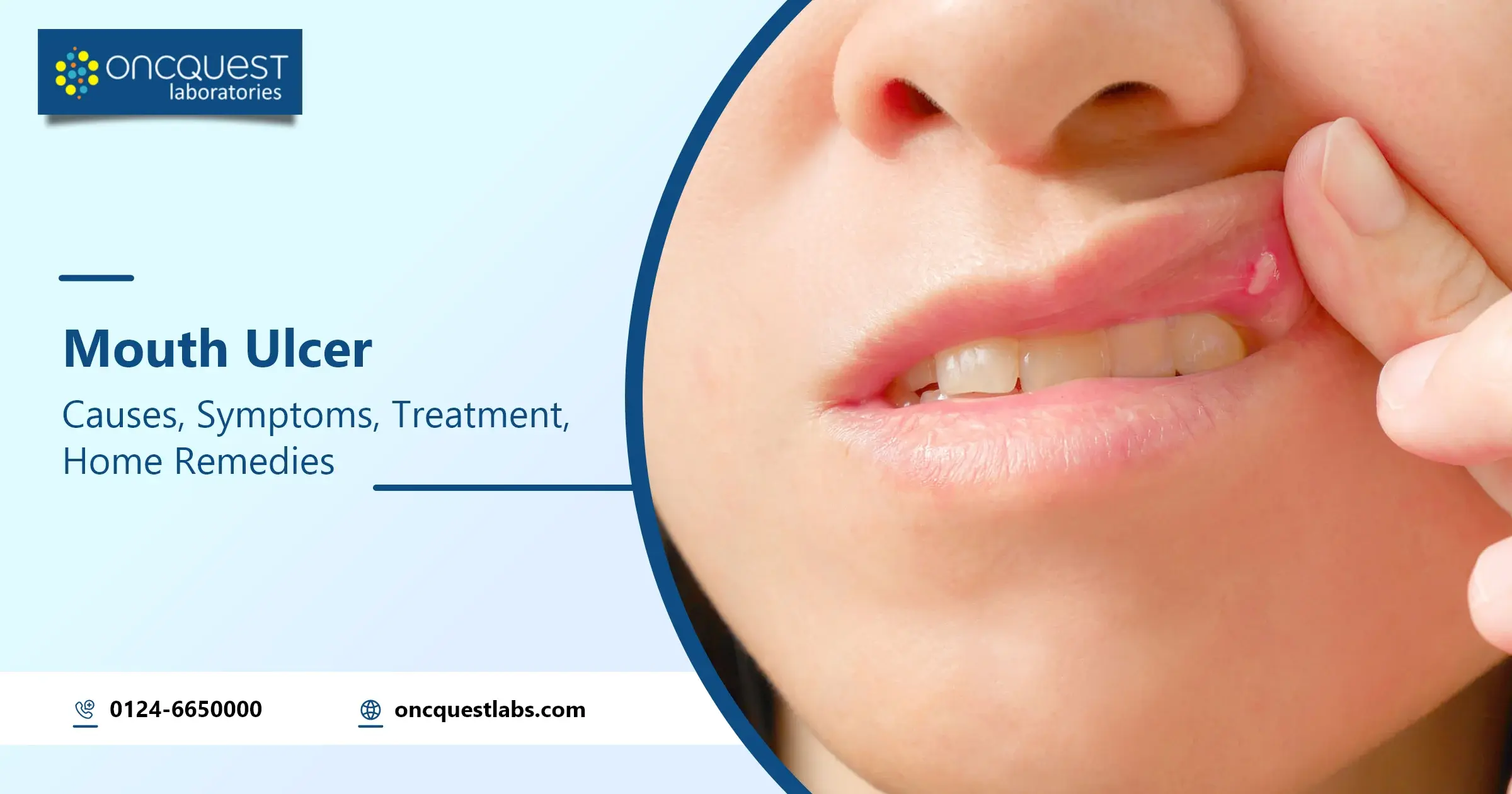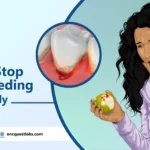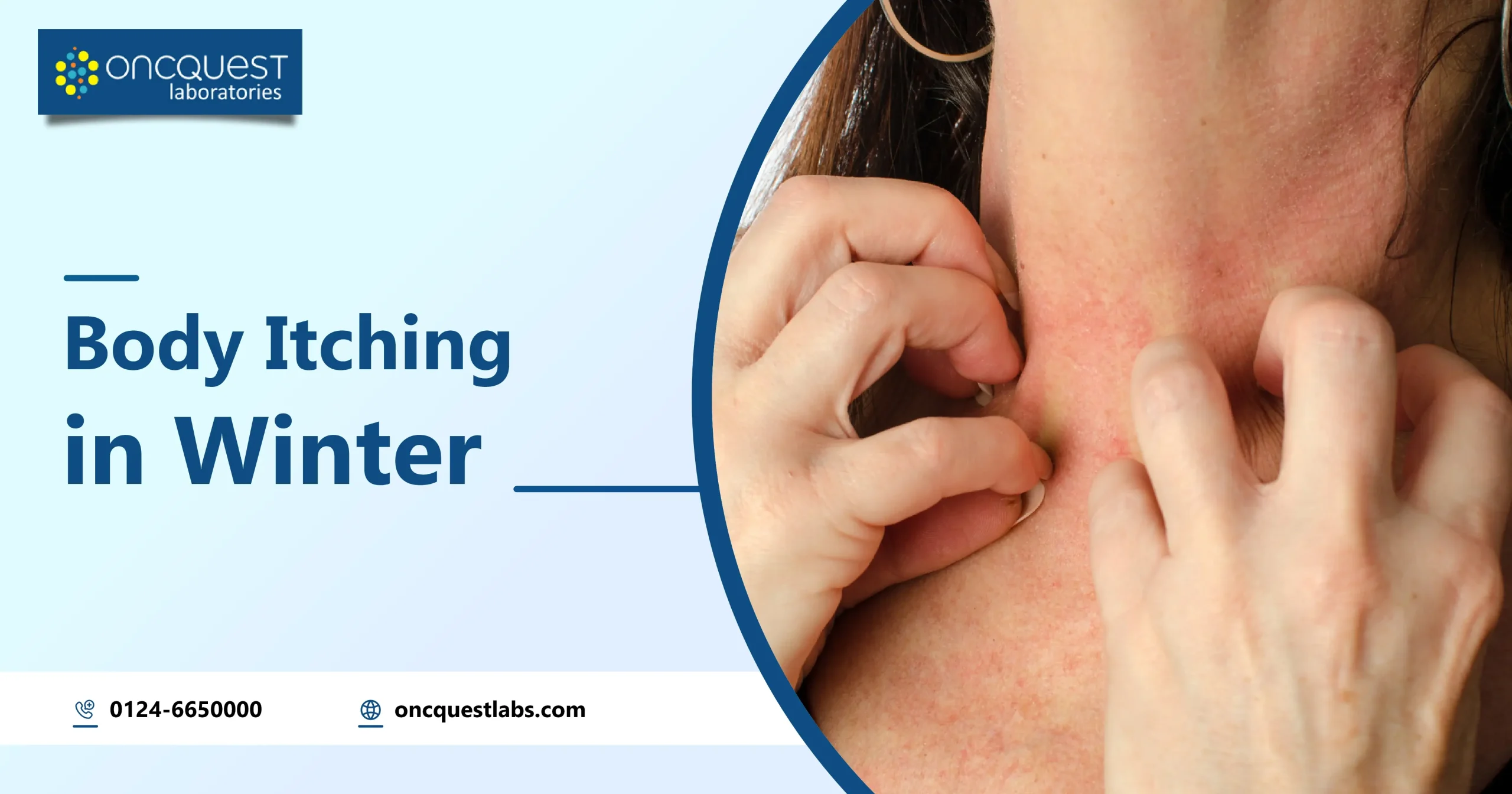Hey there, oral health enthusiasts! Ever wondered how to kick stubborn plaque to the curb and flaunt a super shiny smile? We’ve got your back! Plaque, those sneaky bacteria buddies, love hanging out on our teeth, but fear not – we’ve gathered some simple tricks you can try at home. No dental degree required! Join us as we spill the beans on easy, everyday ways to say goodbye to plaque and hello to a happier, healthier mouth. Let’s make oral care a breeze and keep those pearly whites sparkling!
Contents
What is Plaque?
Plaque is a sticky film of bacteria that forms on your teeth. It develops when bacteria in your mouth interact with the sugars and starches from the food you eat, producing acids. This acidic environment can harm your tooth enamel, leading to cavities and gum issues if not properly managed. Regular brushing, flossing, and dental check-ups are essential to keep plaque in check and maintain good oral health.
Causes of Plaque in Teeth
Plaque in teeth is primarily caused by a buildup of bacteria on the tooth surfaces. The process typically involves the following factors:
1. Bacteria: Naturally occurring bacteria in the mouth combine with saliva and food particles, forming a sticky film known as plaque.
2. Diet: Consuming sugary or starchy foods provides fuel for bacteria. These microorganisms metabolize sugars, producing acids that contribute to plaque formation.
3. Poor Oral Hygiene: Inadequate brushing and flossing allow plaque to accumulate. Over time, this sticky film can harden into tartar, which is more challenging to remove and can only be addressed by a dental professional.
4. Saliva Interaction: Saliva plays a role in plaque formation by aiding in the breakdown of food particles. However, some individuals may have conditions that result in reduced saliva flow, increasing the risk of plaque buildup.
5. Frequency of Eating: Snacking throughout the day or sipping sugary drinks can create a constant supply of food for bacteria, promoting plaque formation.
Understanding these causes highlights the importance of maintaining a consistent oral hygiene routine and making mindful dietary choices to prevent plaque accumulation on teeth. Regular dental check-ups also play a crucial role in addressing plaque-related issues.
How to Remove Plaque from Teeth at Home
1. Brushing Properly: Use a soft-bristle toothbrush and fluoride toothpaste to brush your teeth at least twice a day. Make sure to brush for two minutes, covering all surfaces of your teeth and paying attention to your gumline.
2. Flossing Daily: Flossing helps remove plaque and food particles between teeth and along the gumline where your toothbrush might not reach. Aim to floss once a day to keep those hard-to-reach areas clean.
3. Mouthwash: Consider using an antimicrobial or fluoride mouthwash to help reduce plaque and fight bacteria. Rinse as directed on the product label, typically after brushing and flossing.
4. Stay Hydrated: Drinking water throughout the day helps flush away food particles and bacteria, promoting a cleaner mouth and reducing plaque buildup.
5. Limit Sugary Foods and Beverages: Cut back on sugary snacks and drinks, as they contribute to plaque formation. Opt for a balanced diet rich in fruits, vegetables, and whole grains.
6. Chew Sugar-Free Gum: Chewing sugar-free gum can stimulate saliva production, which helps neutralize acids and wash away debris. This can aid in preventing plaque buildup.
7. Oil Pulling: Some people find oil pulling with coconut oil beneficial. Swish a tablespoon of coconut oil in your mouth for about 15-20 minutes, then spit it out. This may help reduce bacteria in the mouth.
8. Use an Electric Toothbrush: Electric toothbrushes are often more effective in removing plaque compared to manual brushes. Their oscillating or rotating movements can provide a thorough cleaning.
Remember, while these tips can aid in plaque removal, regular dental check-ups are crucial for professional cleaning and addressing any potential issues. If you have persistent concerns about plaque, consult with your dentist for personalized advice.
When to Visit Doctor
It’s important to visit your dentist regularly for preventive care and to address any oral health concerns. Here are some situations when you should schedule a visit:
1. Regular Check-ups: Maintain regular dental check-ups, typically every six months, even if you don’t have specific issues. These appointments allow your dentist to monitor your oral health, detect early signs of problems, and provide professional cleaning.
2. Tooth Pain: Persistent toothaches or sensitivity could indicate an underlying issue such as cavities, gum disease, or an infection. If you experience prolonged discomfort, it’s essential to see your dentist.
3. Swollen or Bleeding Gums: Inflammation or bleeding during brushing may be a sign of gum disease. Early intervention can help prevent further complications.
4. Changes in Bite or Jaw Pain: If you notice changes in your bite or experience jaw pain, it could be related to issues like teeth grinding (bruxism) or temporomandibular joint (TMJ) disorders. Your dentist can assess and recommend appropriate treatment.
5. Chronic Bad Breath: Persistent bad breath may indicate oral health issues, such as gum disease or infections. Your dentist can help identify and address the underlying causes.
6. Broken or Chipped Teeth: Physical damage to your teeth should be evaluated by a dentist. Ignoring these issues could lead to further damage or complications.
7. Irregular Oral Growths or Lesions: If you notice unusual lumps, sores, or discolorations in your mouth, consult your dentist. Early detection of oral cancers or other abnormalities is crucial for prompt intervention.
8. Dental Work Issues: If you have dental restorations like fillings, crowns, or bridges and experience any problems, such as loose or damaged dental work, schedule an appointment for repairs.
Remember, proactive dental care can prevent many issues, so don’t wait for problems to arise before visiting your dentist. Regular check-ups and prompt attention to any concerns contribute to maintaining good oral health.
Conclusion
In conclusion, maintaining a plaque-free smile is not only essential for a confident grin but also crucial for overall oral health. By adopting a simple yet consistent oral hygiene routine, including proper brushing, flossing, and regular dental check-ups, you empower yourself to combat plaque and its potential consequences.
Small lifestyle changes, such as a balanced diet and staying hydrated, contribute significantly to reducing plaque buildup. Remember, prevention is key, and addressing oral health concerns promptly ensures a brighter, healthier smile.
So, let’s make oral care a priority, bid farewell to plaque, and welcome the satisfaction of knowing you’re taking proactive steps towards optimal dental well-being. Here’s to a radiant smile and a lifetime of happy, healthy teeth!





